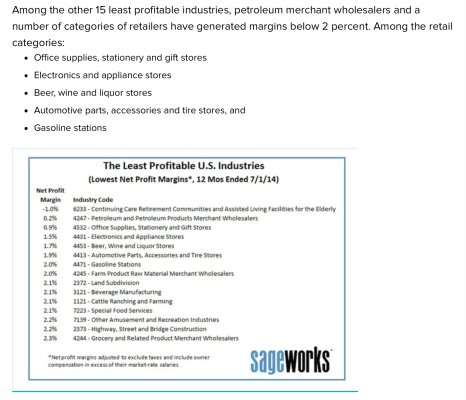It makes sense that restaurants in a college town may be struggling right now because of their unique dependence on college students and the associated visitors for business.
When schools close and students leave: Inside America's empty college towns
Data USA provides some interesting demographics. In my small rust belt city with a local community college, detailed data shows that the biggest age group is 5 to 17. That's a lot of potential future earners and spenders lurking in the wings.

The next highest age groups range from 25 to 54, in about equal numbers per group. 18 to 24 is 10% of the population. Overall, 85% of my local population is under 65. We're most heavily weighted with the working class population. Despite our rust belt status, manufacturing is still considered our largest industry, followed closely by health care. Retail and food services are both ahead of education. When manufacturing and other related support services were allowed to reopen, it explains why our local restaurants recovered such a large part of their business so quickly. Our community college being closed to in-person learning, while not good, is barely a blip on the local economic radar.
In contrast, the college town DD was at for awhile shows that the biggest age group is 18 to 24 at a whopping 45% of the population. No other age group even comes close. Overall, 90% of that college town population is under 65. The local population is most heavily weighted towards the college students. The college university is the main industry. Many other industries are heavily dependent on it, restaurants especially, but even the grocery stores get large traffic from the college students. When the campus residence halls closed in mid-March, most of the 18 to 24 age group probably returned to their hometowns and home countries. Without in-person learning, there is no healthy economy there.
That explains somewhat how the restaurant industry is experiencing something vastly different in different places. It's bad timing, too, for college towns. If the pandemic had hit just a couple of months later, everything else being equal, the shutdowns would have taken place near the end of the college semester and the restaurant industry may not have taken such a severe hit in those towns.
Going to the opposite extreme, here's an article with a list of places that have the highest populations over 65:
These are the States with the Oldest Population
#1 is Maine with 30% over 65 in the state and 24% over 65 in one county.
#2 is Florida with about 30% over 65 in the state and about 57% over 65 in one county. That's a big difference right there. I'd agree that 65+ in those locations might be a major economic force in the restaurant industry.
BTW, Data USA is a site useful for all sorts of info.




